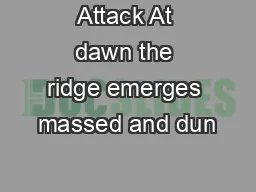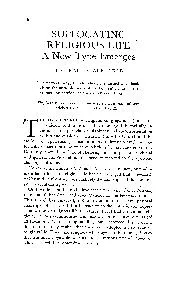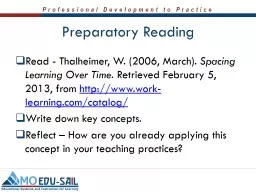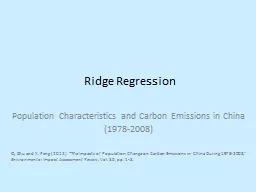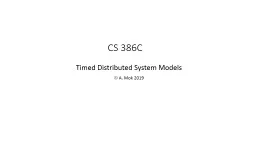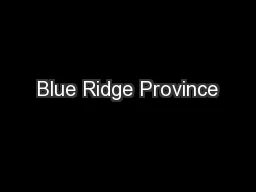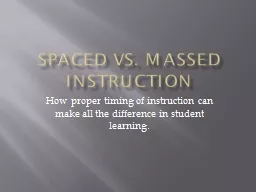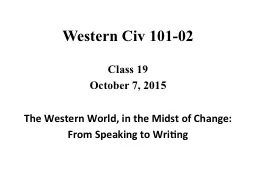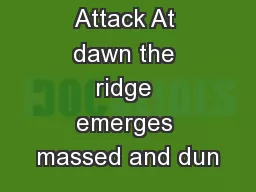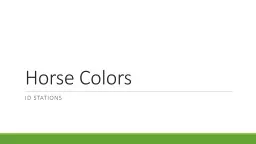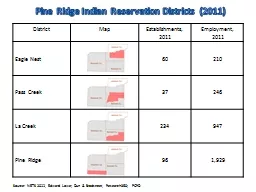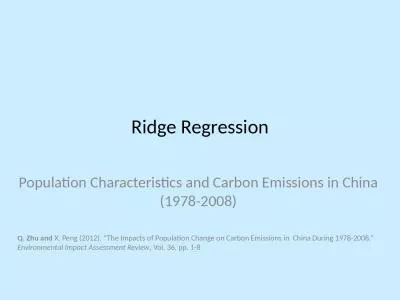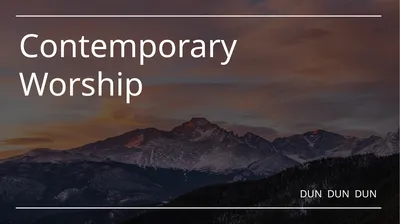PPT-Attack At dawn the ridge emerges massed and dun
Author : kittie-lecroy | Published Date : 2018-09-29
In the wild purple of the glowering sun Smouldering through spouts of drifting smoke that shroud The menacing scarred slope and one by one Tanks creep and topple
Presentation Embed Code
Download Presentation
Download Presentation The PPT/PDF document "Attack At dawn the ridge emerges massed ..." is the property of its rightful owner. Permission is granted to download and print the materials on this website for personal, non-commercial use only, and to display it on your personal computer provided you do not modify the materials and that you retain all copyright notices contained in the materials. By downloading content from our website, you accept the terms of this agreement.
Attack At dawn the ridge emerges massed and dun: Transcript
Download Rules Of Document
"Attack At dawn the ridge emerges massed and dun"The content belongs to its owner. You may download and print it for personal use, without modification, and keep all copyright notices. By downloading, you agree to these terms.
Related Documents

